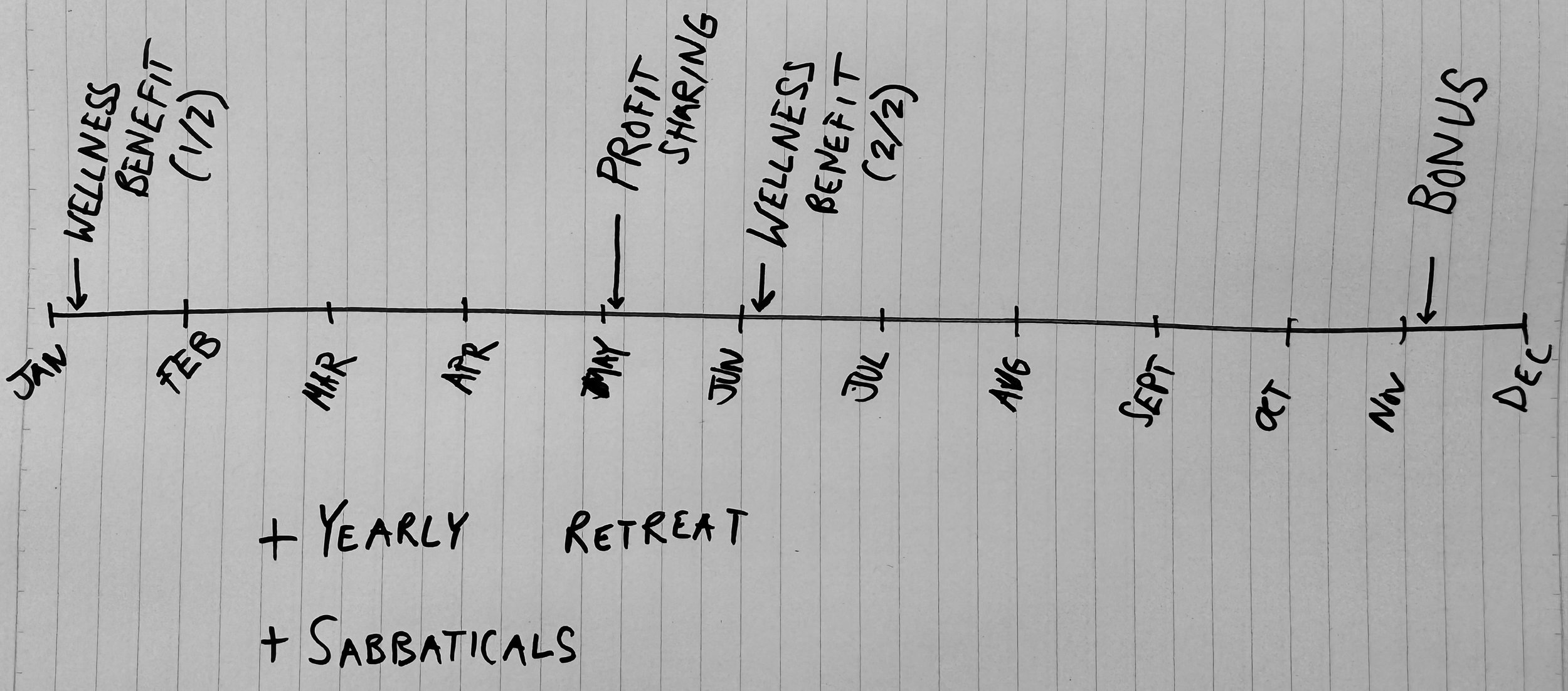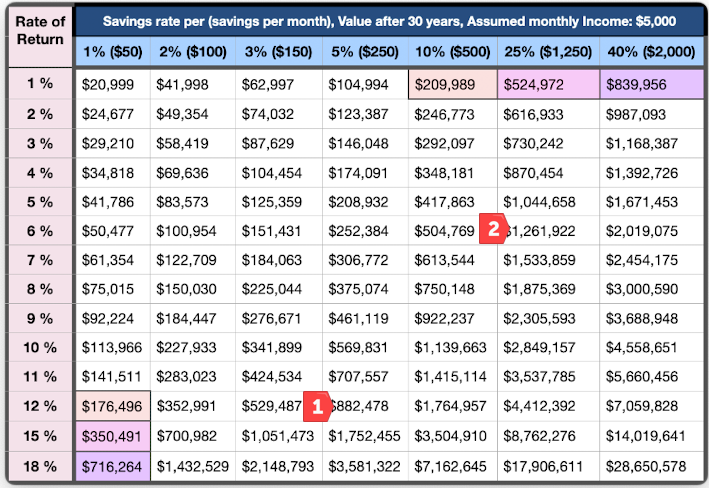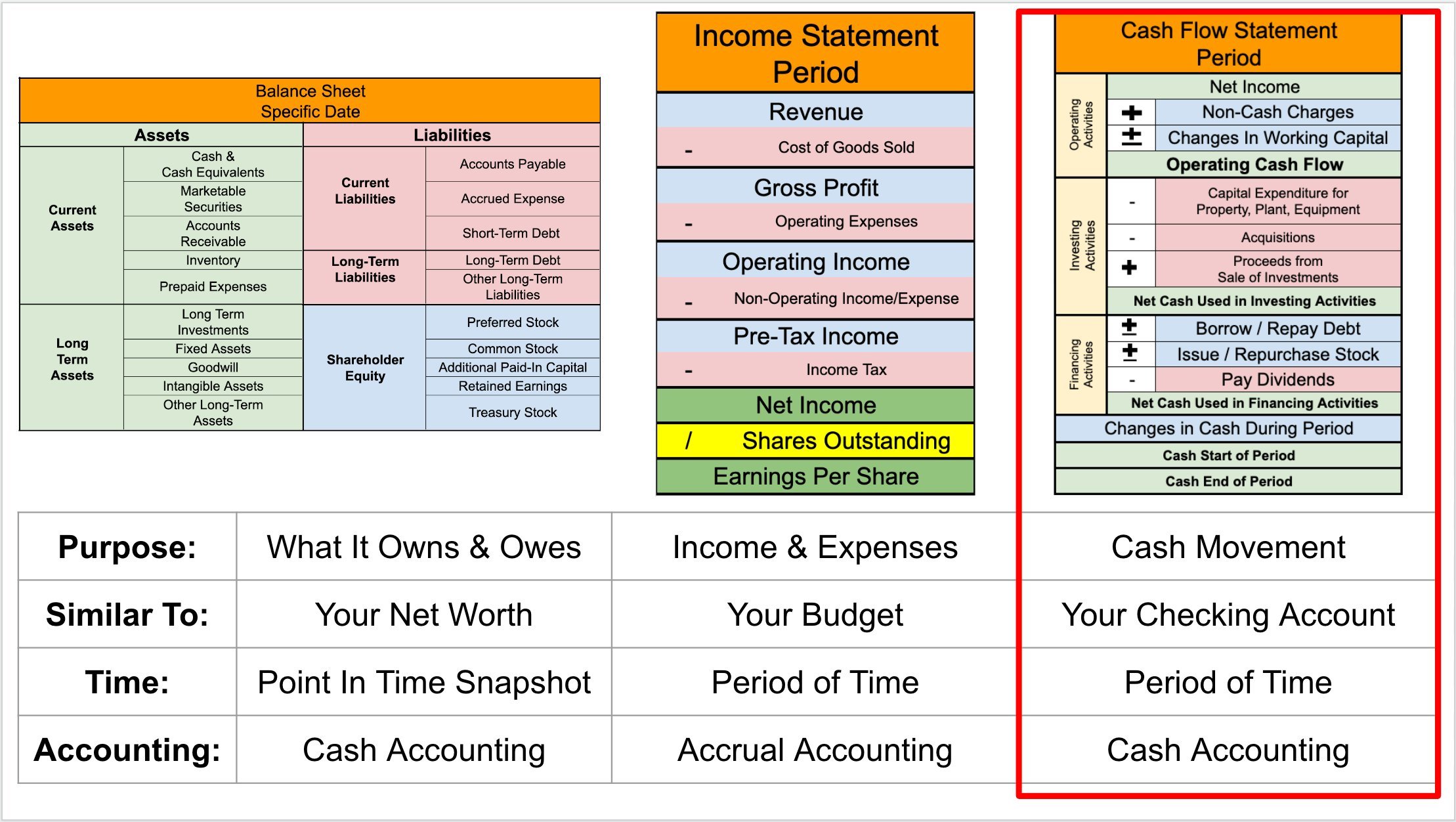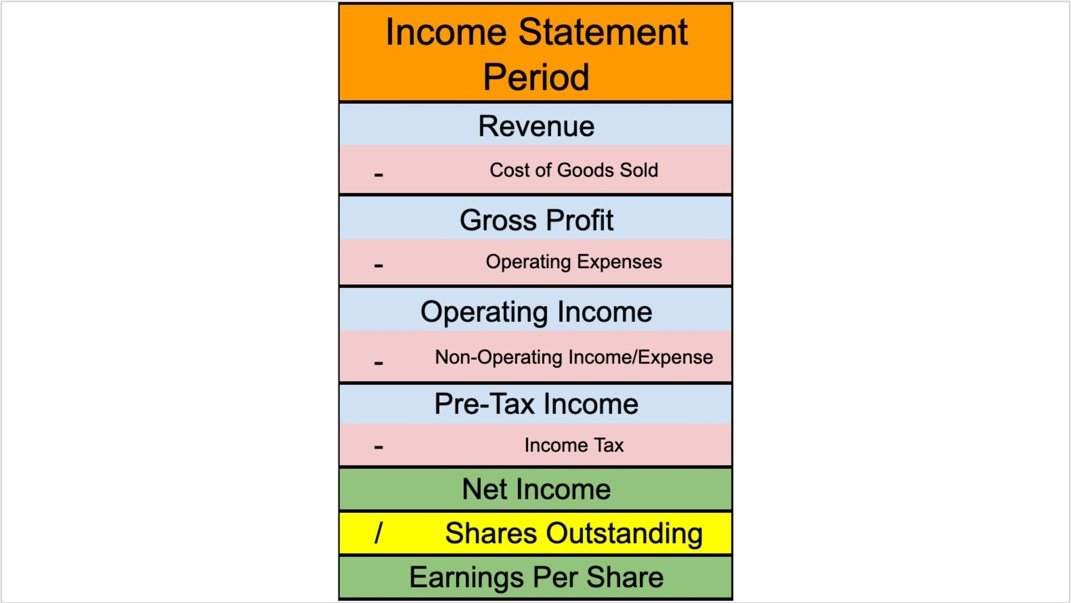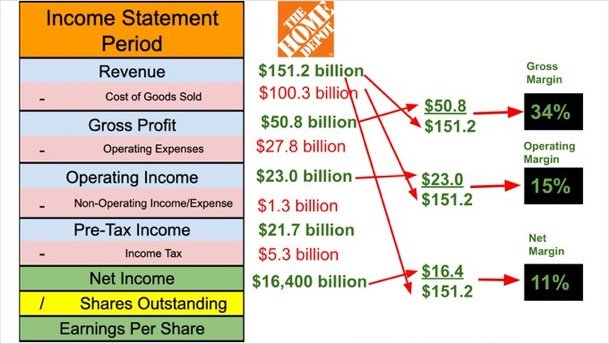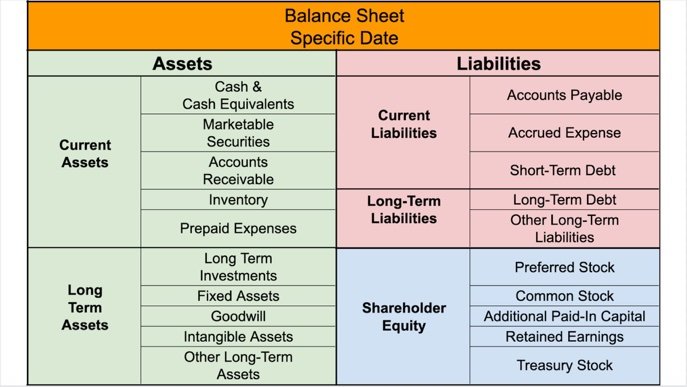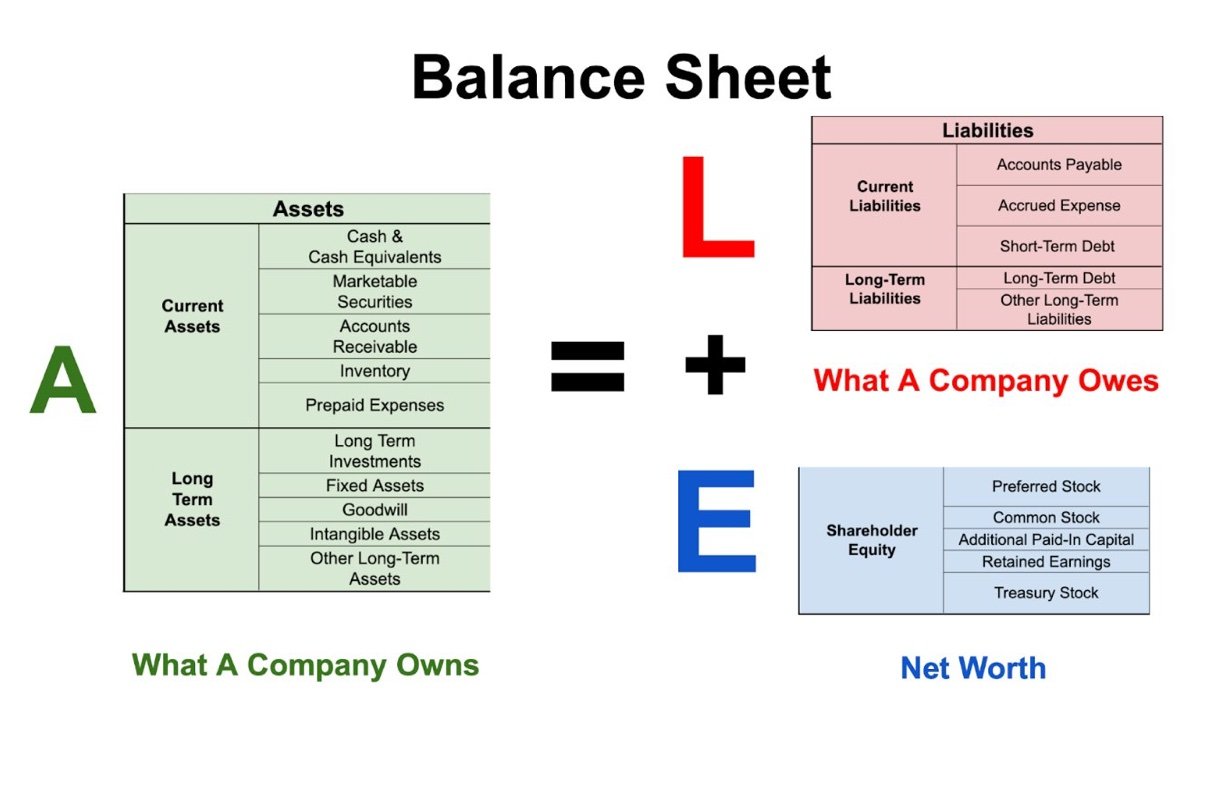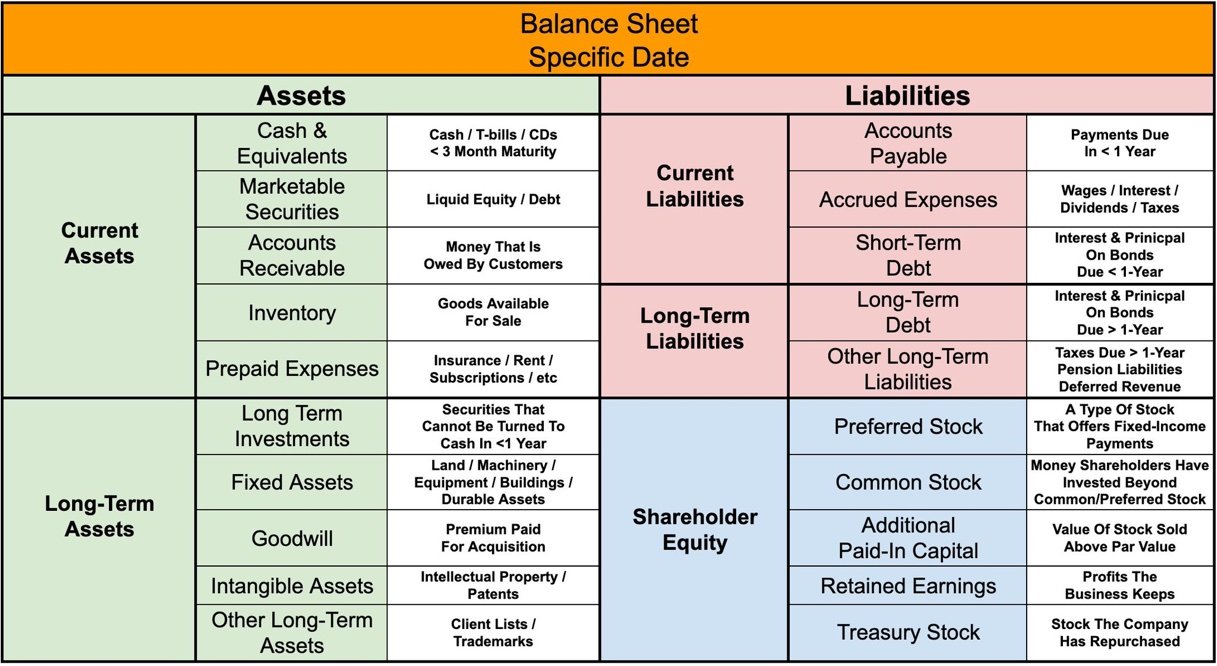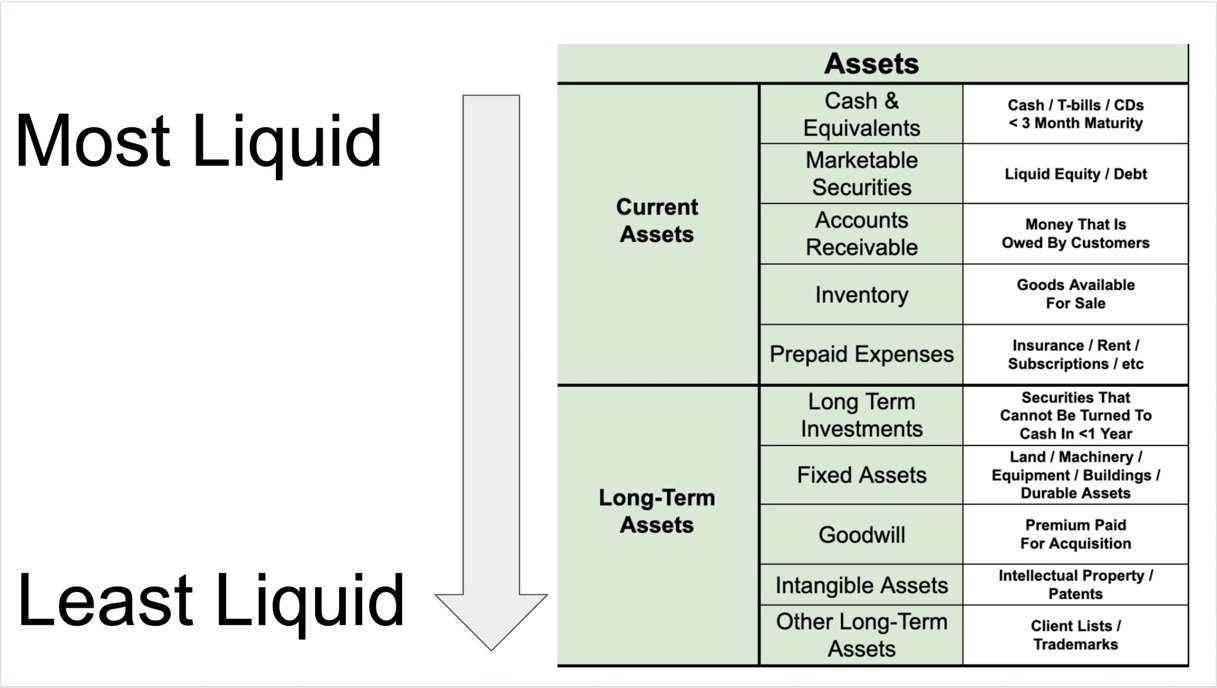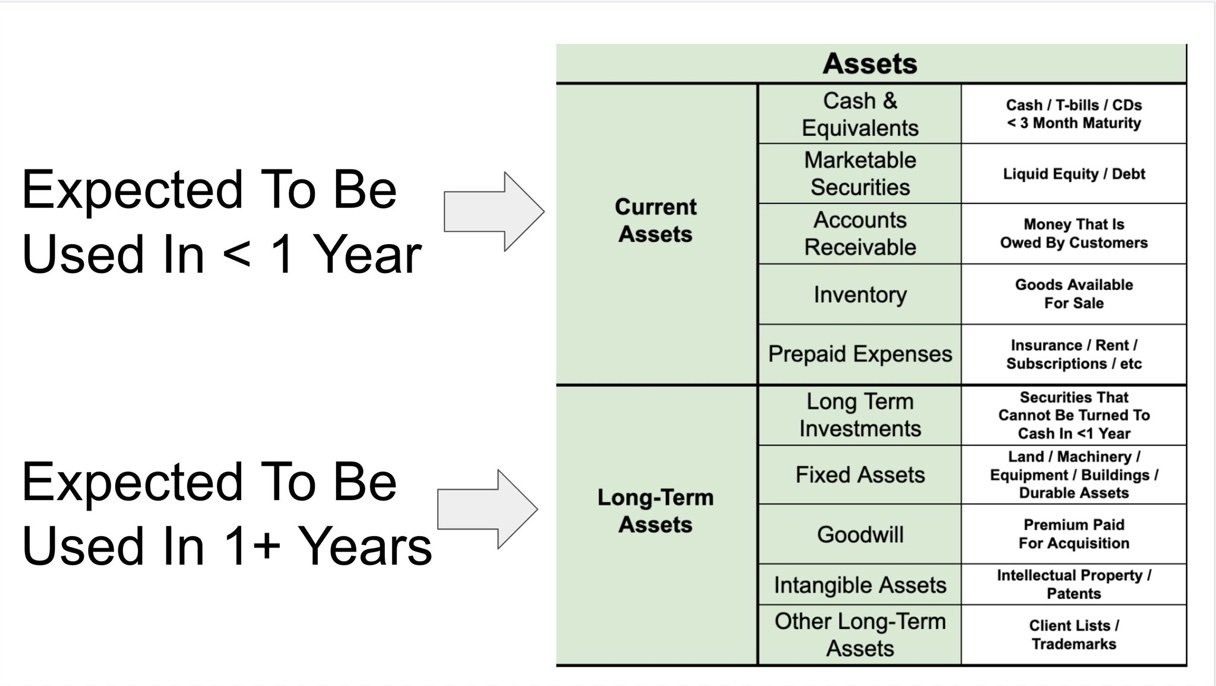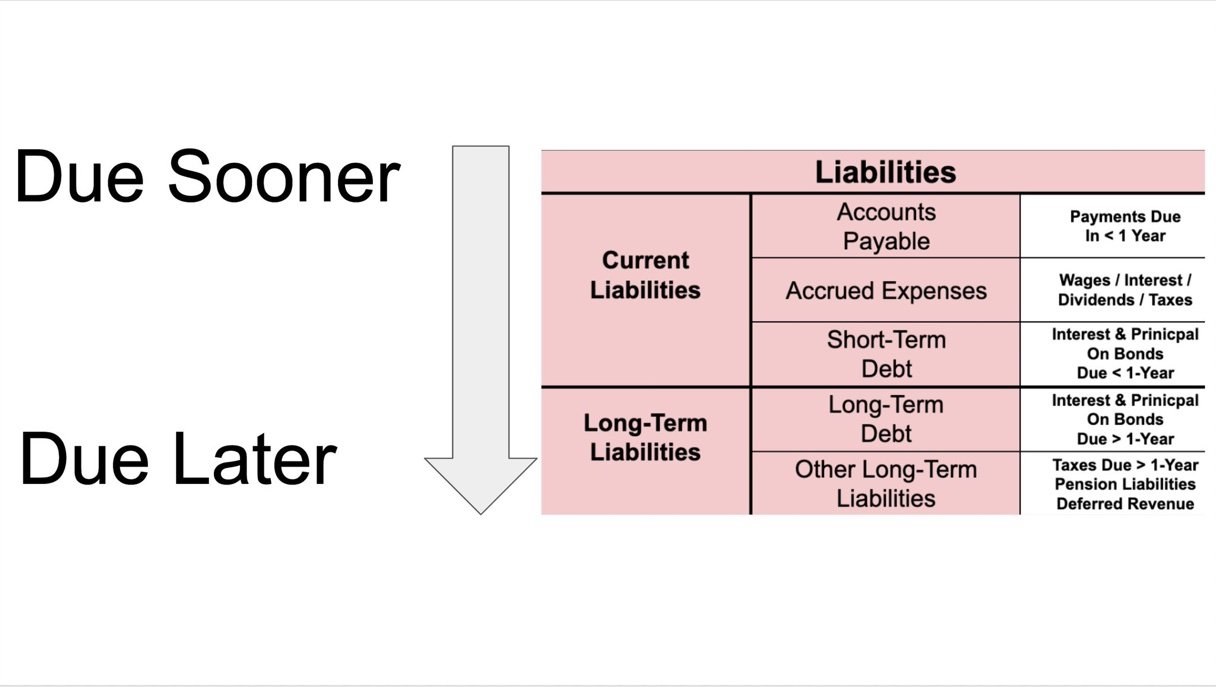As a business owner, you need to grow revenue and build your network. As a manager, you need great opportunities to support leadership and development of your employees…
Conferences often support both of these causes, which is why many businesses spend 3-5% of total revenue attending or sponsoring events. Unfortunately, conference quality varies greatly. We have all been to the low-budget, low-value-added conference and felt like it was a waste of time. But, my goodness, when you find a GREAT conference where you can make lifelong friends and business partners… the value is unquantifiable!
The conference I’m most excited about this year is Story Camp (www.storycamp.com) *
Why? It’s small (like 50ish people) so you actually get to talk to the other attendees, it’s in a beautiful spot (Park City), it has top-tier speakers, and five-star accommodations/food. Their website puts it well:
Story Camp® 2025 is an intimate microconference designed to enhance your storytelling and presentation skills, scheduled for July 23-24, 2025, at the Pendry Park City in Park City, Utah.
Event Highlights:
• Dates: July 23-24, 2025
• Venue: Pendry Park City
• Duration: 3 nights and 2 days
What to Expect:
• Workshops: Engage in three 90-minute interactive sessions led by industry experts:
• Terry Szuplat, a former speechwriter for President Obama
• Steven Franconeri, a psychology and design professor at Northwestern University
• Amy Cuddy, a social psychologist and bestselling author
• Personalized Feedback: Opportunity for select attendees to present and receive direct feedback from the experts
• Skill Development: Participate in activities like the Abstract Accelerator and Pitch Peer Groups to refine your presentation abilities
• Professional Assets: Receive professional headshots and on-stage candid photos to enhance your speaker portfolio
• Networking: Connect with like-minded professionals in a collaborative environment
• Recreation: Enjoy the amenities of the Pendry Hotel and explore the scenic beauty of Park City during the summer
This program is ideal for professionals aiming to improve their communication skills, whether for customer interactions, investor pitches, or internal presentations. The emphasis on storytelling, visual design, and stage presence ensures a comprehensive enhancement of your presentation capabilities.
*I like it so much that I purchased a piece of the company

